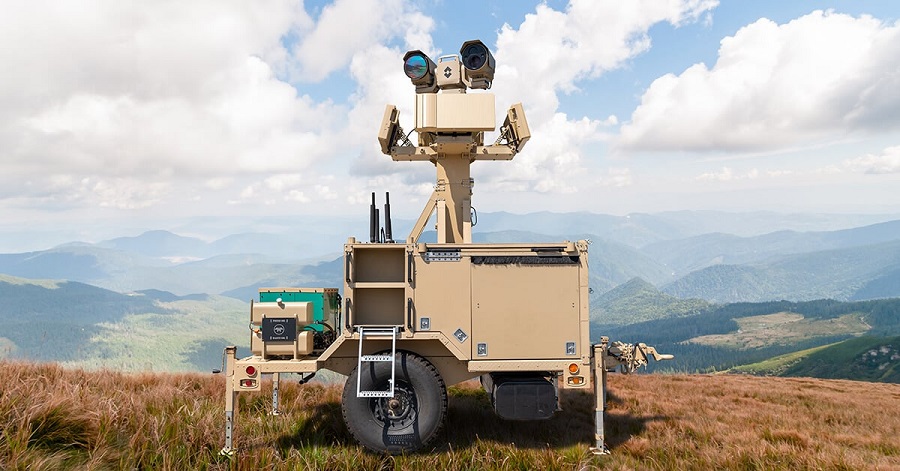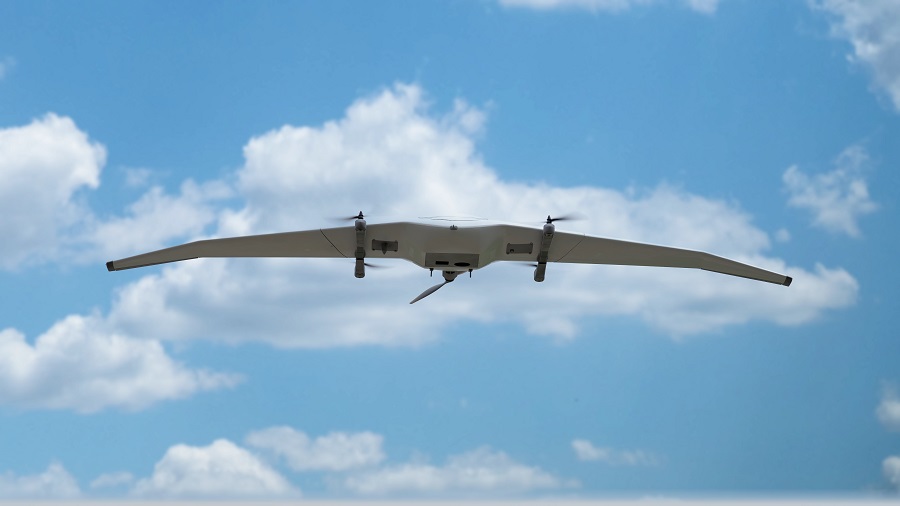OHB is contributing to the LEO-PNT programme the expertise that it gained from the European Galileo navigation satellite programme, for whose 34 FOC (Full Operational Capability) satellites it is the prime contractor. LEO-PNT is an in-orbit demonstration mission, as various parameters are to be tested during this mission. The findings are to be incorporated in a comprehensive LEO-PNT constellation.
“The new LEO-PNT payloads will be sandwiched in a lowEarth orbit between the high-orbit Galileo satellites and users on the surface of the Earth. The payloads will augment the existing signals. In addition, LEO-PNT will broaden the spectrum of current navigation signals by adding numerous new frequency bands as well as new signal structures and content. This will make it possible to significantly boost overall system resilience and thus create the basis for numerous new applications, particularly autonomous driving,” says Dr Manuel Czech, LEO-PNT project manager at OHB.
Small and versatile
The satellites will each be the size of a dishwasher and weigh around 90 kilograms. “In order for the LEO-PNT satellites to transmit precise navigation signals, they first have to determine their own position and time precisely and synchronise this data with the Galileo satellites that are already in space. This will be done using newly developed algorithms to improve accuracy and corrections for precise positioning such as those from the High-Accuracy Service (HAS) provided by Galileo, which has recently been activated,” explains Dr Manuel Czech.
To avoid space debris, the satellites will feature a design exceeding the current standard: with the help of their propulsion system plus a sail, they will be able to leave their orbit shortly after the end of their mission, descend and consequently burn up in the Earth’s atmosphere.
The timetable for the mission is quite ambitious by space flight standards: OHB’s four demonstrator satellites are to be launched in just under two and a half years’ time and immediately go into operation. An initial technology demonstrator with some key payload technologies is to be launched into space on a mini-satellite – known as a CubeSAT – for initial testing in around a year and a half.




























